Kinetic energy is what a body or object possesses from movement. For example, a stone hurled at window can break the glass because it’s in motion, and charged with has kinetic energy. The heavier the stone and the faster its velocity, the greater its kinetic energy. Gravitational potential energy is what a body or object possesses by virtue of its position with respect to the ground. For example, an object on a shelf has potential energy in proportion to its weight and the distance between the shelf and the ground.
If the object falls from the shelf, its force of impact depends on its potential energy. Mechanical energy is the sum of kinetic energy and potential energy possessed by a body or object. The principle of energy conservation of mechanical energy holds that the sum of kinetic and potential energy is constant, provided that no dissipative forces, such as attrition, come into play. states that two forms of energy can be interchangeable so long as the sum of the two remains unchanged. Thus, if the body gains kinetic energy it loses an equal quantity of potential energy. For example, a diver on a diving board has kinetic energy equaling zero, but potential energy proportional to the distance between the board and the water. If When the diver dives leaves the platform, he begins losing potential energy because he’s nearing the water. But at the same time, he’s gaining kinetic energy as a result of velocity.
The second he enters the water, the diver has converted all his potential energy into kinetic energy. British physicist James Prescott Joule [1818 – 1889] was the first man to demonstrate the principle of energy conservation through experiments. Joule inserted a paddle wheel into a vat container of water, then put the container in ice then froze the water. The paddle wheel was attached to a winch and weights. When the weights fell freely, they made the paddle turn, warming the water and melting some of the ice. Repeating the experiment using different weights, Joule discovered that the size mass of the weights and the depth of the fall increased the amount of heat produced. Energy was transformed, but it was neither created nor destroyed lost. Its total quantity remained a constant. Hydroelectric power plants represent a working example of the conservation of energy.
The water contained behind a dam possesses potential energy that is transformed into kinetic energy when the water is released. Thanks to turbines, kinetic energy is transformed into the mechanical energy of rotation and then into another form of energy: electrical energy.
If the object falls from the shelf, its force of impact depends on its potential energy. Mechanical energy is the sum of kinetic energy and potential energy possessed by a body or object. The principle of energy conservation of mechanical energy holds that the sum of kinetic and potential energy is constant, provided that no dissipative forces, such as attrition, come into play. states that two forms of energy can be interchangeable so long as the sum of the two remains unchanged. Thus, if the body gains kinetic energy it loses an equal quantity of potential energy. For example, a diver on a diving board has kinetic energy equaling zero, but potential energy proportional to the distance between the board and the water. If When the diver dives leaves the platform, he begins losing potential energy because he’s nearing the water. But at the same time, he’s gaining kinetic energy as a result of velocity.
The second he enters the water, the diver has converted all his potential energy into kinetic energy. British physicist James Prescott Joule [1818 – 1889] was the first man to demonstrate the principle of energy conservation through experiments. Joule inserted a paddle wheel into a vat container of water, then put the container in ice then froze the water. The paddle wheel was attached to a winch and weights. When the weights fell freely, they made the paddle turn, warming the water and melting some of the ice. Repeating the experiment using different weights, Joule discovered that the size mass of the weights and the depth of the fall increased the amount of heat produced. Energy was transformed, but it was neither created nor destroyed lost. Its total quantity remained a constant. Hydroelectric power plants represent a working example of the conservation of energy.
The water contained behind a dam possesses potential energy that is transformed into kinetic energy when the water is released. Thanks to turbines, kinetic energy is transformed into the mechanical energy of rotation and then into another form of energy: electrical energy.
RELATED


SOLAR THERMAL ENERGY


ELECTRIC CAR


DOG
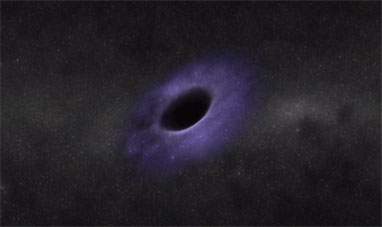

BLACK HOLES


HYENA


CENTRIFUGAL FORCE


GIRAFFE


RAVEN


PARROTT


ANT


ISAAC NEWTON


SCORPION
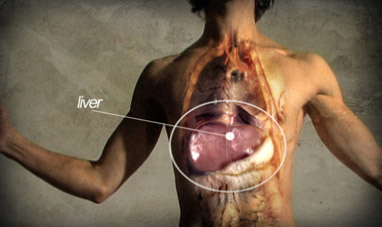

THE LIVER
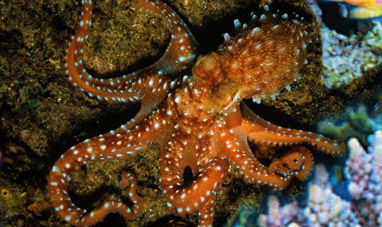

THE OCTOPUS
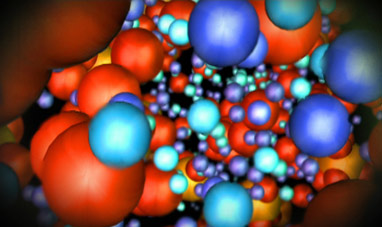

QUANTUM PHYSICS


TIGER
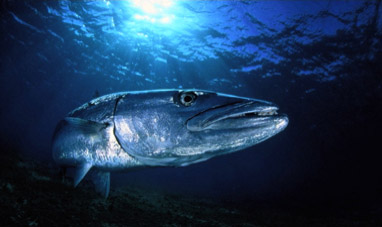

BARRACUDA
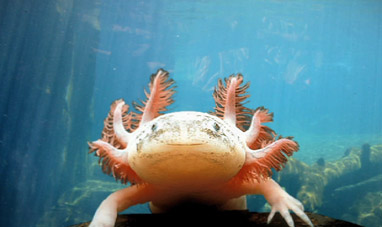

AXOLOTL


NEBULAE
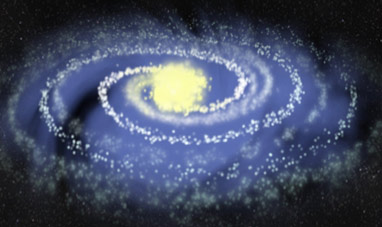

GALAXIES


LOTUS PLANT


MOSQUITO
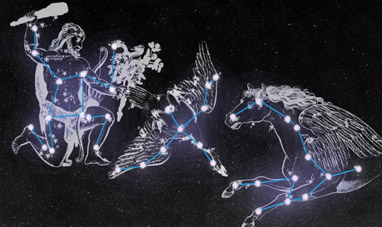

CONSTELLATIONS
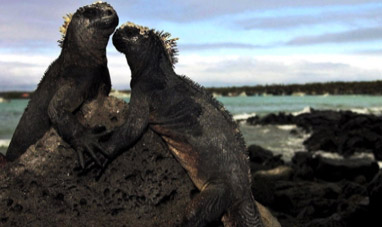

IGUANA
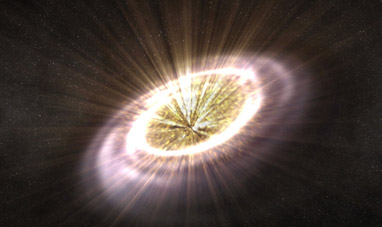

QUASARS


GIANT ANT EATER
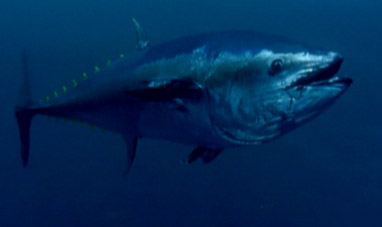

TUNA
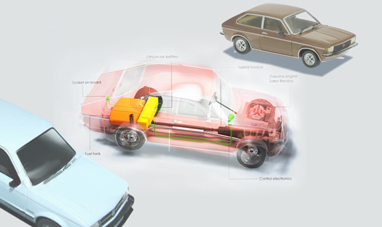

HYBRID VEHICLE
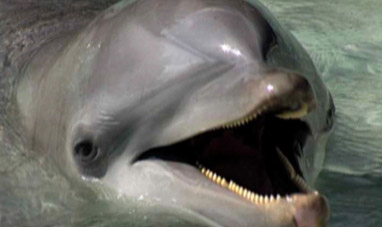

DOLPHIN
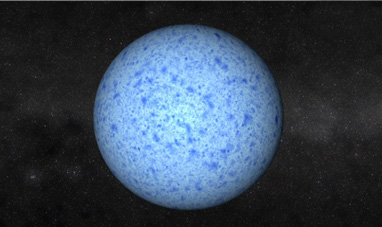

NOVAE


CACTUS


OSTRICH
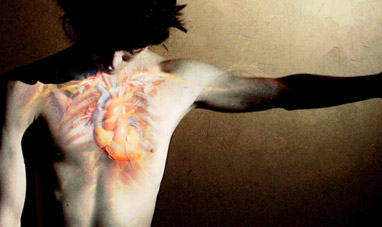

THE HEART


TWITTER
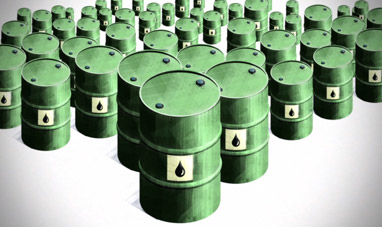

OIL


WHEAT
